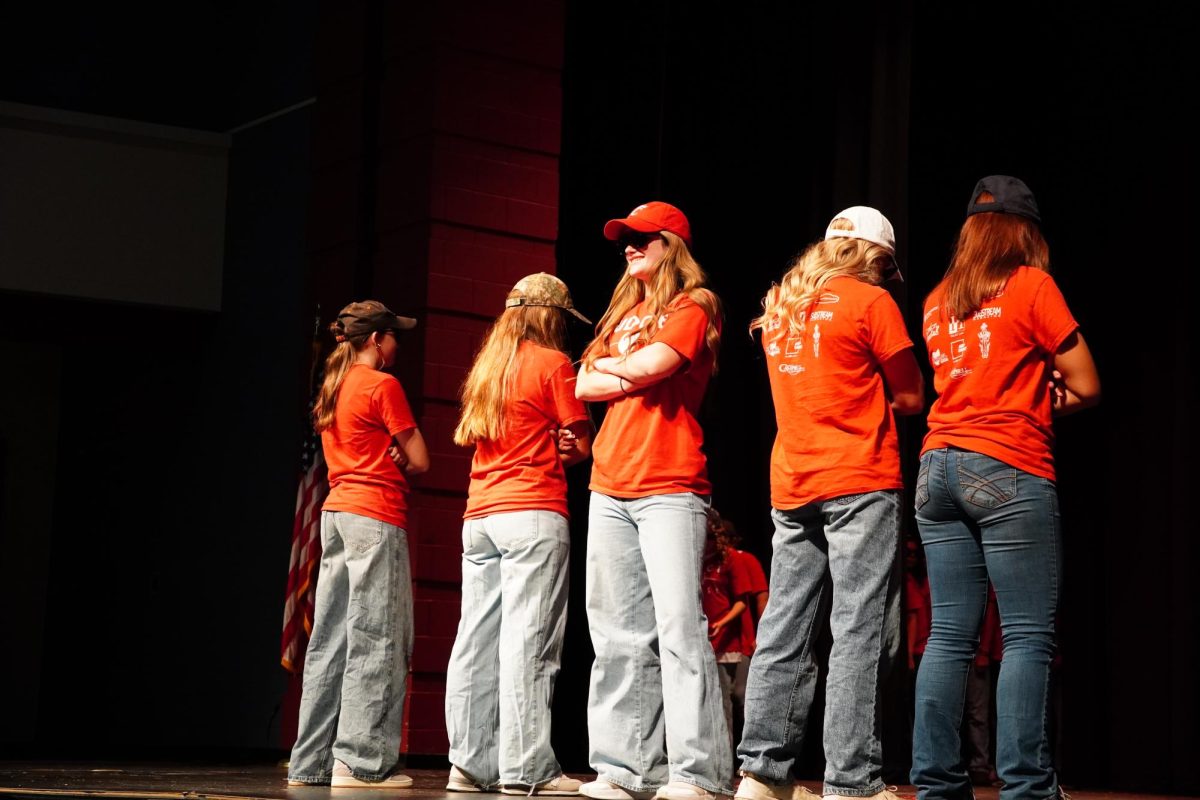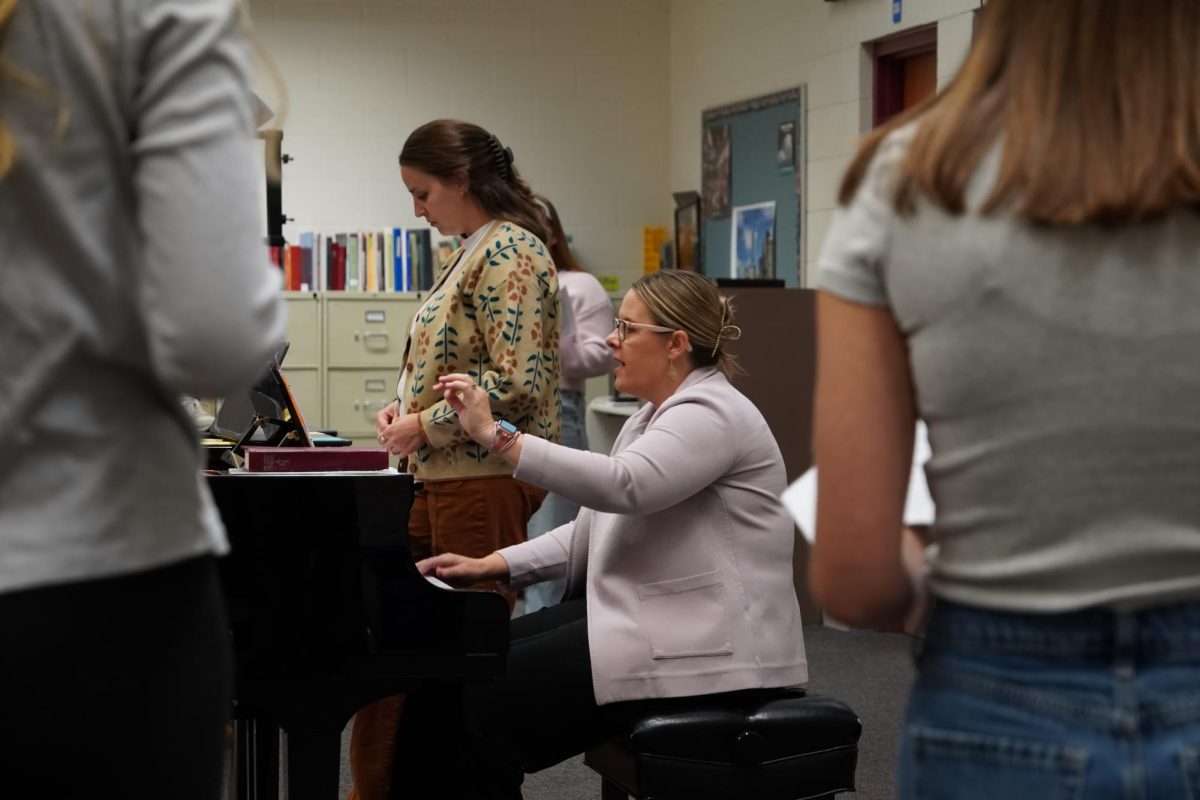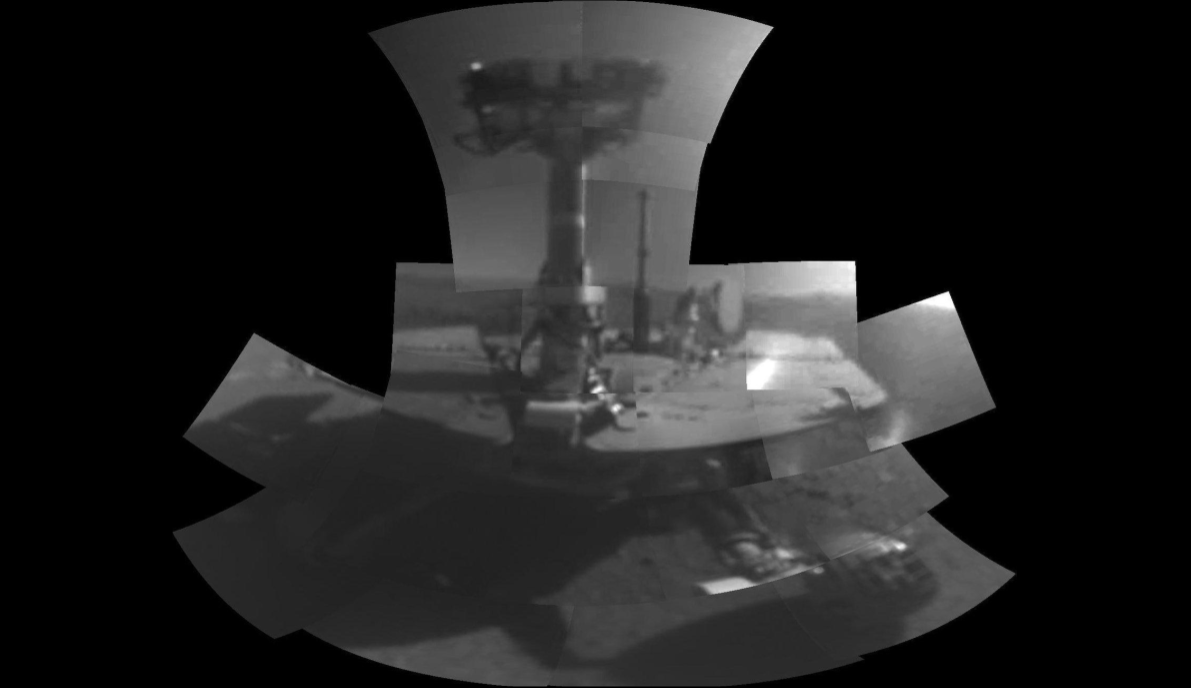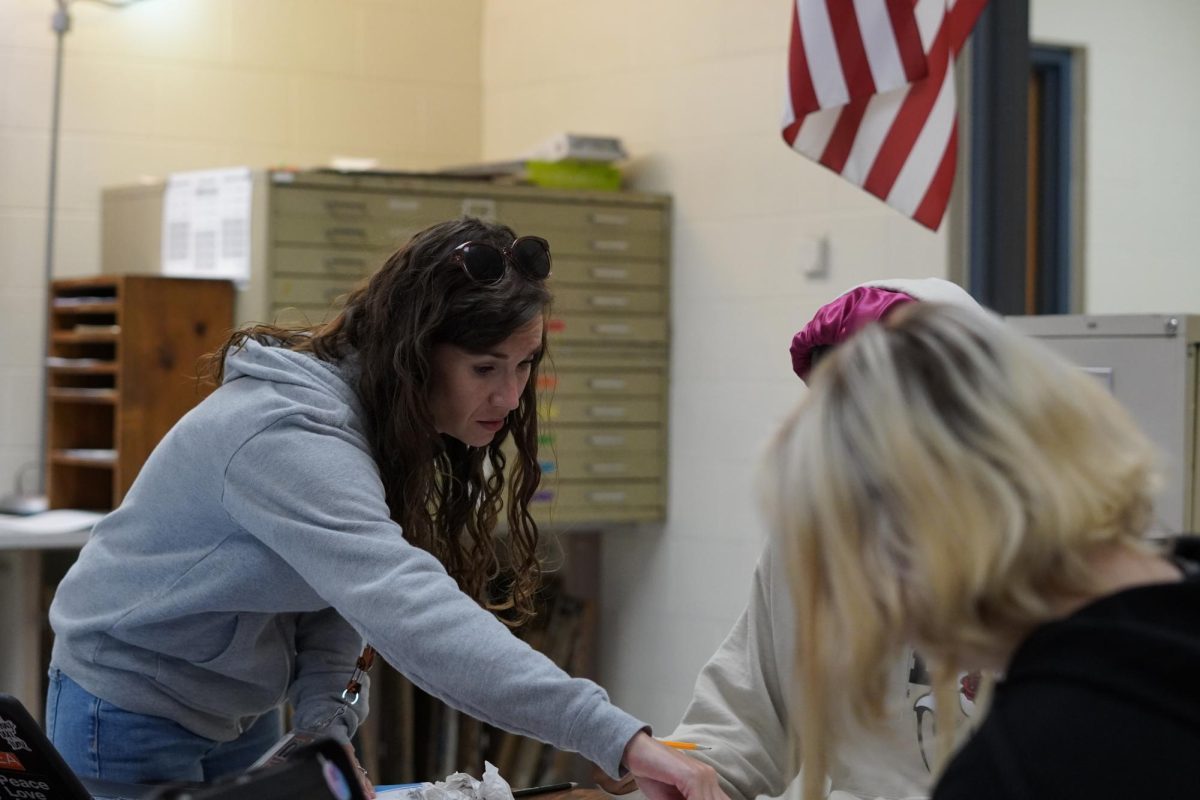Eleven letters, five syllables and one word: Opportunity. Merriam-Webster has two definitions for the word. The first is more fitting for a favorable set of events, but the second fits this article much better: “A good chance for advancement or progress.”
One of two rovers launched for NASA’s Mars Exploration Rovers (MER) program, Opportunity, took off for the red planet in July of 2003. However, this isn’t what the little rover would come to be known for.
When Opportunity landed on Mars in January of 2004, the rover set out to complete its 90 sol (92.5 days) mission. While this may seem like a low number, the hope for both Opportunity and its twin, Spirit, was to survive for a minimum of 90 sols and then see how far they could go from there.
Both rovers survived well past this, with both Spirit and Opportunity continuing to trundle along the Martian surface for years. It wasn’t meant to last forever though, and eventually Spirit began to decline when it was bogged down by a sandy patch of surface.
Unable to properly angle itself to the sun to recharge its batteries, NASA announced its loss in May of 2011. In the seven years it had spent on the surface, it traversed five miles of inhospitable alien terrain while sending scientific data and photos to further the world’s understanding of Earth’s red relative.
In the meanwhile, Opportunity was still going. Despite nearly facing a similar fate in the second year of its journey, and having a dust storm nearly drain its battery, the little rover was still going. By the time Spirit went quiet, Opportunity had already traveled some 12 miles. While that seems miniscule, the rover only averaged a centimeter a second.
Its discoveries ranged from Heat Shield Rock, the first extraterrestrial identification of a meteorite, to evidence of non-acidic water. What makes the latter notable is that it proved there was more than a slim chance that Mars had once hosted life in some form.
By this point in time, the exploits of the rover had become something of a spectacle, with fans cheering on the little rover as it kept trundling along. It wasn’t long before the rover received its nickname, ‘Oppy,’ from both the mission team, public and news sources alike.
It had proven to be the golden child of the two MER’s, and that luck seemed like it would never end. Soon enough, Oppy broke Viking I’s record for longest operation on the surface and was still going strong. By 2013 it broke NASA’s distance record of 22 miles, and still wouldn’t stop going.
Two years later in late March, the rover completed the first ever extraterrestrial marathon, exceeding 26 miles in distance traveled. This also meant that Oppy now held the overall record for longest distance traversed on an alien surface, beating Lunokhod 2’s record of 23 miles.
For another four years, Oppy would continue traversing the martian surface. It continued capturing photos of strange lands, alongside its first ever selfie. Despite its advancing age, the data it continuously beamed back never proved any less valuable.
Its exploration around Endeavour Crater revealed the possibility of water, discovering formations believed to have been cut by ancient water flow. Atmospheric data taken by the little rover enhanced NASA’s understanding of the Martian atmosphere.
It was never meant to last though, and in 2018 its luck finally ran dry. In June, a massive global dust storm formed across the entirety of the red planet’s surface. Oppy had survived a dust storm before, back in 2007, so it hunkered down again, intending to make it through this one. Scientific equipment was powered down, and the rover entered a low power mode.
On June 10th, 2018, communication ceased between NASA and Oppy.
Months later in early February of 2019, NASA declared that Oppy was dead. NASA believed that a combination of dust covering the solar panels and the rover’s inability to warm its electrics ultimately doomed it.
A poetic interpretation of its last known status became its unofficial last words: “My battery is low and it’s getting dark.”
People mourned for the loss of Oppy, in much the same way someone would mourn the loss of a loved one. Art, songs, and even a documentary were created in memory of the deceased rover.
Oppy had trundled along for fifteen years out of an intended 92.5 Earth day mission, lasting nearly sixty times longer than hoped. It was a smashing success.
This month is the 20th Anniversary of Opportunity’s arrival on that red marble so far away. The legacy of Oppy still echoes today; Curiosity, Perseverance and Ingenuity rovers all trundling along the same rusty surface that Oppy helped engineers prepare them for.
Rest well little rover.
Categories:
That Little Rover: Oppy celebrates 20 years on Mars
Brody Counts, Staff Writer
January 31, 2024
Oppy snaps a picture on Sol 5000 of its mission. The little rover soldiered on for another 352 sols.
1
Donate to The Talisman
$1290
$2000
Contributed
Our Goal
Your donation will support the student journalists of Rutherford B. Hayes High School. Your contribution will allow us to purchase equipment and cover our annual website hosting costs.
More to Discover
About the Contributor

Brody Counts, Staff Writer
Brody Counts (he/him) is a senior at Hayes. This is his second year on staff. Brody can most commonly be found buying obscure research papers or with his head buried in a new book. Outside of school, he enjoys spending time with his dogs and dining downtown.































